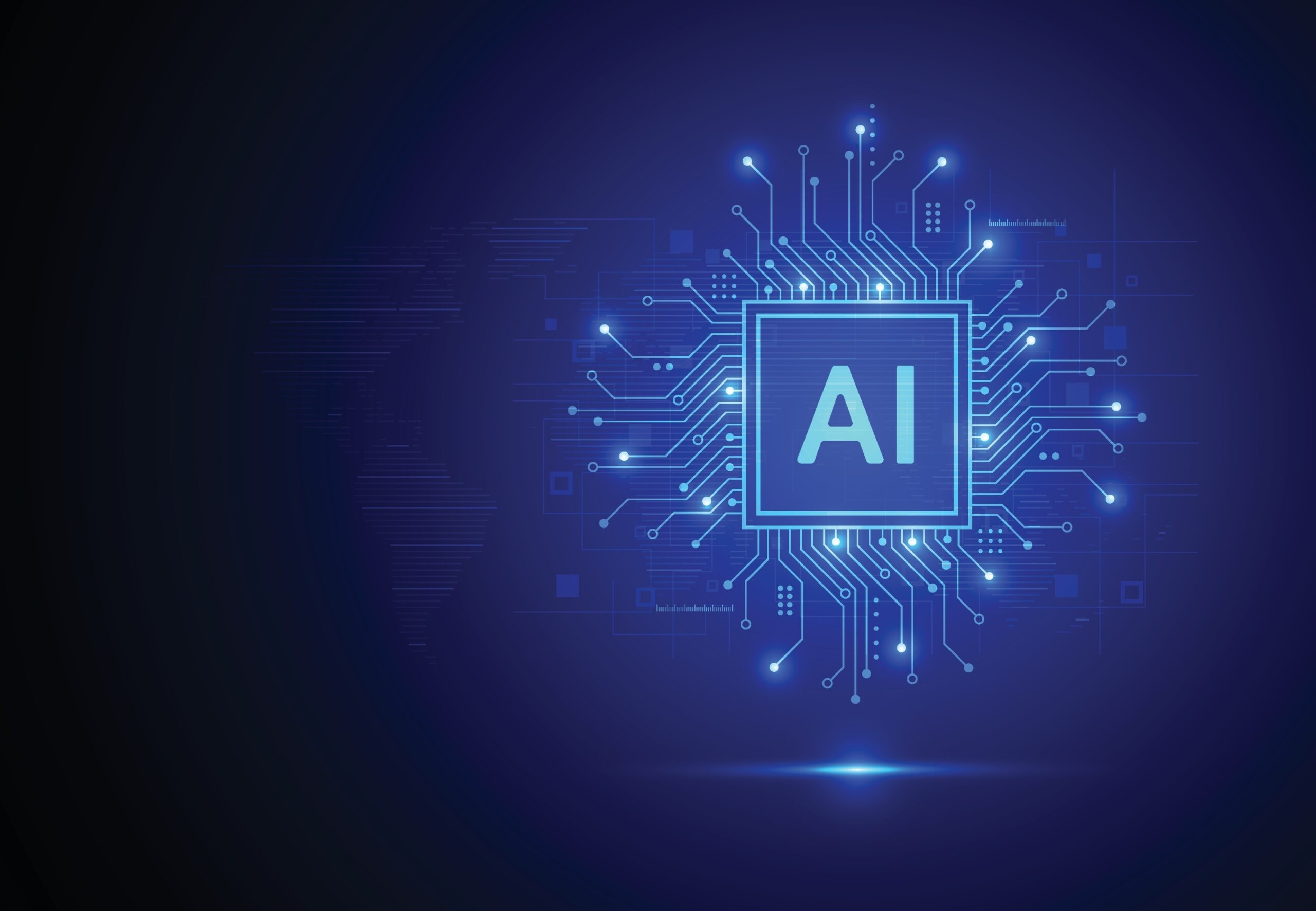NVIDIA Brings Blackwell to Mainstream Servers as Agentic AI Heats Up
Summary: NVIDIA announced that RTX PRO 6000 Blackwell Server Edition GPUs are coming to widely adopted 2U rack systems, pairing the powerful Blackwell architecture with enterprise-friendly thermals and power requirements. Alongside workstation updates, the company also highlighted advances in agentic AI and reasoning models designed for robotics, automation, and multi-step decision-making. With these moves, NVIDIA is pushing AI adoption beyond hyperscalers and into mainstream enterprise data centers.
What’s New
NVIDIA’s Blackwell architecture has already been heralded as a leap in GPU performance, and now it is making its way into mainstream server formats. This expansion is significant for enterprises that operate on standardized 2U rack systems, which dominate data centers worldwide.
-
Mainstream Servers. By delivering Blackwell-class acceleration in commodity 2U platforms, NVIDIA lowers the barrier to entry for organizations that previously lacked the infrastructure or budget to run high-end AI workloads. As a result, companies outside the hyperscaler tier—banks, healthcare providers, manufacturers, and research labs—can access the same capabilities without overhauling their entire hardware stack.
-
Workstation Refresh. In addition to servers, NVIDIA introduced new RTX PRO 4000 SFF and RTX PRO 2000GPUs. These bring fifth-generation Tensor Cores to small-form-factor builds, making advanced AI workloads feasible even in compact workstation environments. For creative professionals, engineers, and robotics developers, this means desktop-friendly AI acceleration without sacrificing efficiency.
-
Agentic Models. On the software side, NVIDIA updated its Nemotron family of models, optimized for planning, tool-use, and multi-step execution. These “agentic AI” systems aim to reduce brittleness in workflows by enabling models to reason, adapt, and recover when tasks deviate from expectations. In robotics, logistics, and industrial automation, such reliability is critical.
Why This Matters
The announcement matters for two main reasons: accessibility and capability.
-
Accessibility. Many enterprises have resisted AI adoption not because of lack of interest, but because their infrastructure is standardized around commodity servers. By shipping Blackwell GPUs in 2U footprints, NVIDIA makes it possible for organizations to integrate AI without restructuring their entire data center. This dramatically accelerates time-to-value—companies can train, fine-tune, and infer on their existing infrastructure.
-
Capability. On the agentic AI front, the updates represent a step toward more robust AI agents. Traditional models often fail when confronted with multi-step reasoning tasks or when tool use is required. By enhancing reasoning, planning, and adaptability, NVIDIA is directly addressing one of the biggest blockers for AI in production. In practice, this means fewer failures, lower operational costs, and more confidence in deploying AI across mission-critical applications.
Moreover, cost-effectiveness becomes a major factor. Blackwell-enabled servers promise faster fine-tunes, cheaper inference, and simplified procurement. Enterprises no longer need to choose between investing in hyperscaler cloud GPU rentals or abandoning advanced AI altogether.
Deployment Notes
For organizations planning deployment, NVIDIA has emphasized best practices:
-
Evaluate Total Cost of Ownership (TCO). Under mixed CPU/GPU utilization, agent workloads often benefit from GPU scheduling and batching strategies. Enterprises should carefully model costs, especially when moving workloads from the cloud to on-premise systems.
-
Optimize for Latency. Techniques such as quantization-aware training and speculative decoding can drive down latency on mid-range hardware. This makes even smaller deployments viable for real-time inference tasks, such as chatbots, fraud detection, or robotics control.
-
Observability and Governance. Because agentic AI systems perform multi-step reasoning and tool execution, observability is critical. Teams should trace tokens, tools, and decision paths for every agent interaction. This creates safe rollbacks, audit trails, and compliance logs—essentials for industries such as finance, healthcare, and defense.
These considerations ensure that enterprises adopt AI not just quickly, but responsibly.
Market Implications
The arrival of Blackwell GPUs in mainstream servers signals a broader shift in enterprise AI adoption. Previously, only hyperscalers like Google, Microsoft, and Amazon could fully leverage cutting-edge AI chips. Now, mid-market enterprises can harness the same compute power in familiar server formats.
-
Healthcare systems can run advanced imaging and patient record AI models on-premise, preserving data privacy while cutting costs.
-
Manufacturers can deploy AI-driven predictive maintenance directly on factory-floor servers.
-
Financial institutions can execute risk models locally, reducing latency while keeping sensitive data in-house.
Meanwhile, the agentic AI push aligns with growing demand for autonomous AI systems that can not only generate but also reason, plan, and act. From warehouse automation to customer service bots, agentic models promise to bridge the gap between static outputs and dynamic, real-world operations.
Bottom Line
NVIDIA’s latest announcements mark a pivotal moment. Blackwell GPUs in mainstream 2U servers and agentic AI model updates together create a new runway for enterprise adoption.
-
For IT leaders, this means AI can now run in existing data centers without massive retrofits.
-
For AI developers, new reasoning models reduce brittleness and expand production use cases.
-
For enterprises at large, the combination of on-premise compute power and advanced AI workflows makes it possible to scale responsibly, keeping data sovereignty, compliance, and efficiency in focus.
The companies that thrive will be those that pair hardware capability with strong governance. Blackwell’s arrival widens the door for organizations that want to own their inference stack—and by combining these GPUs with open-weight models, businesses can keep data on-prem without sacrificing capability.


